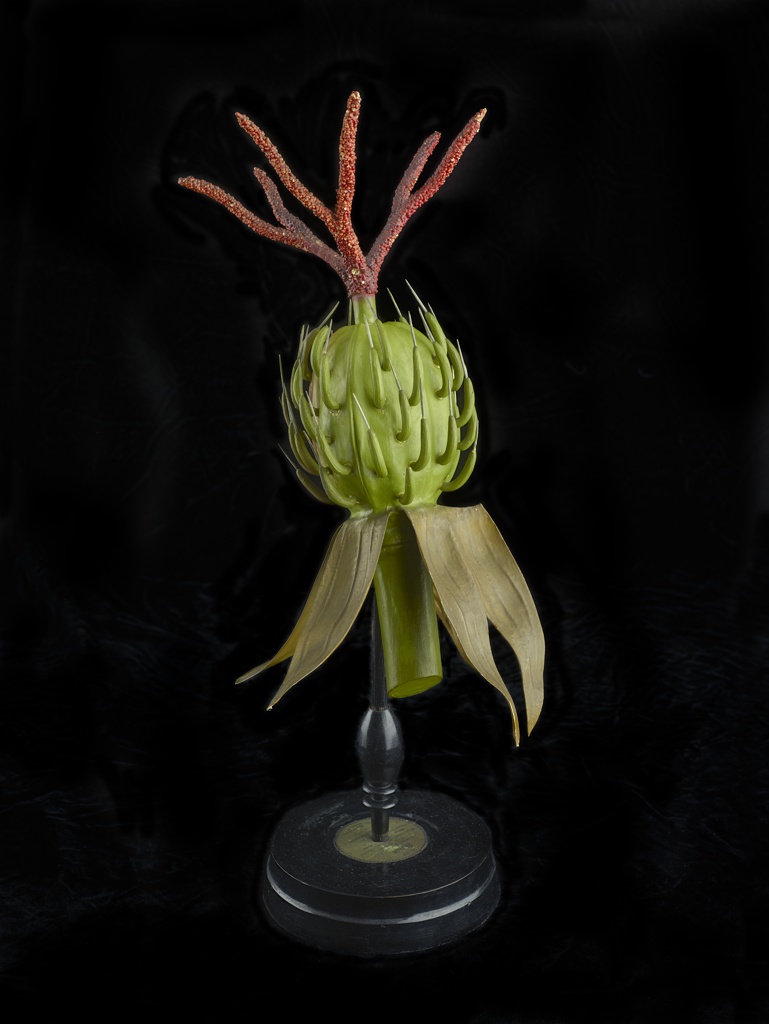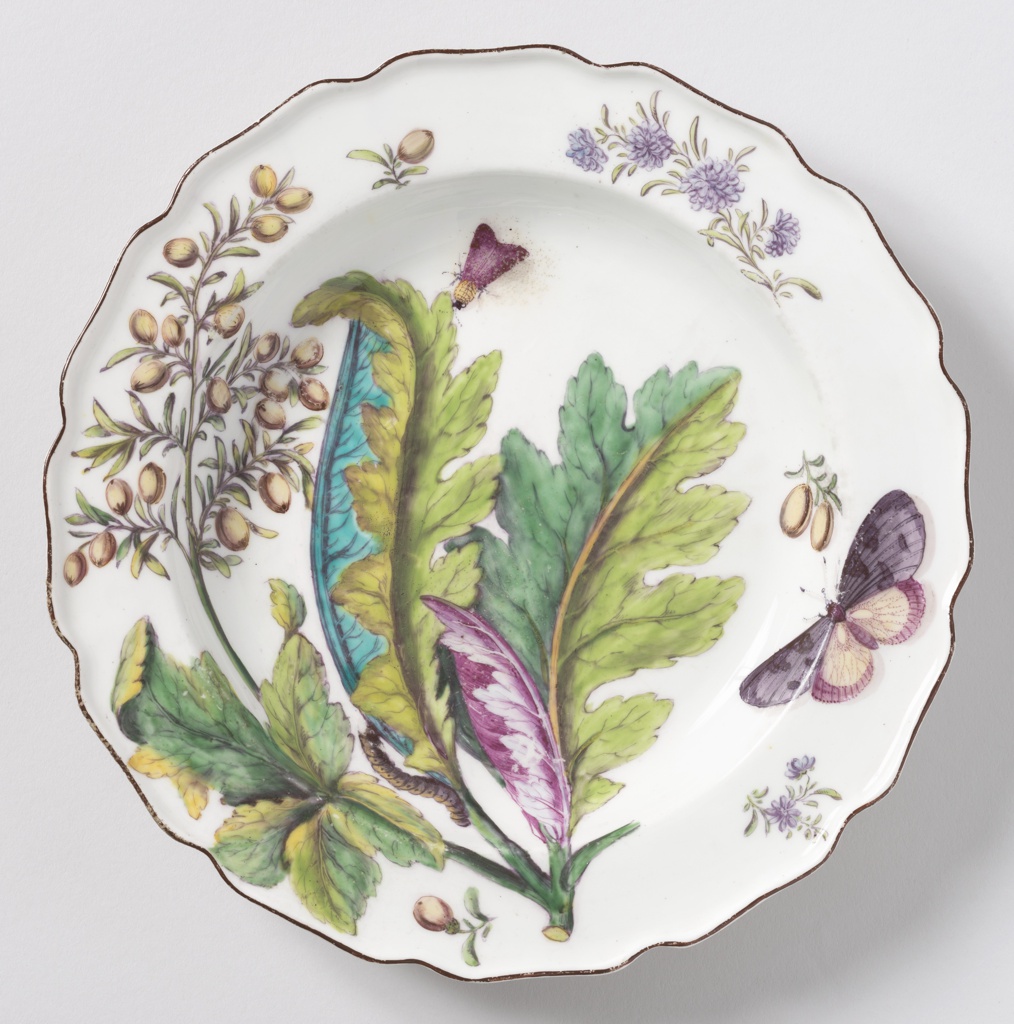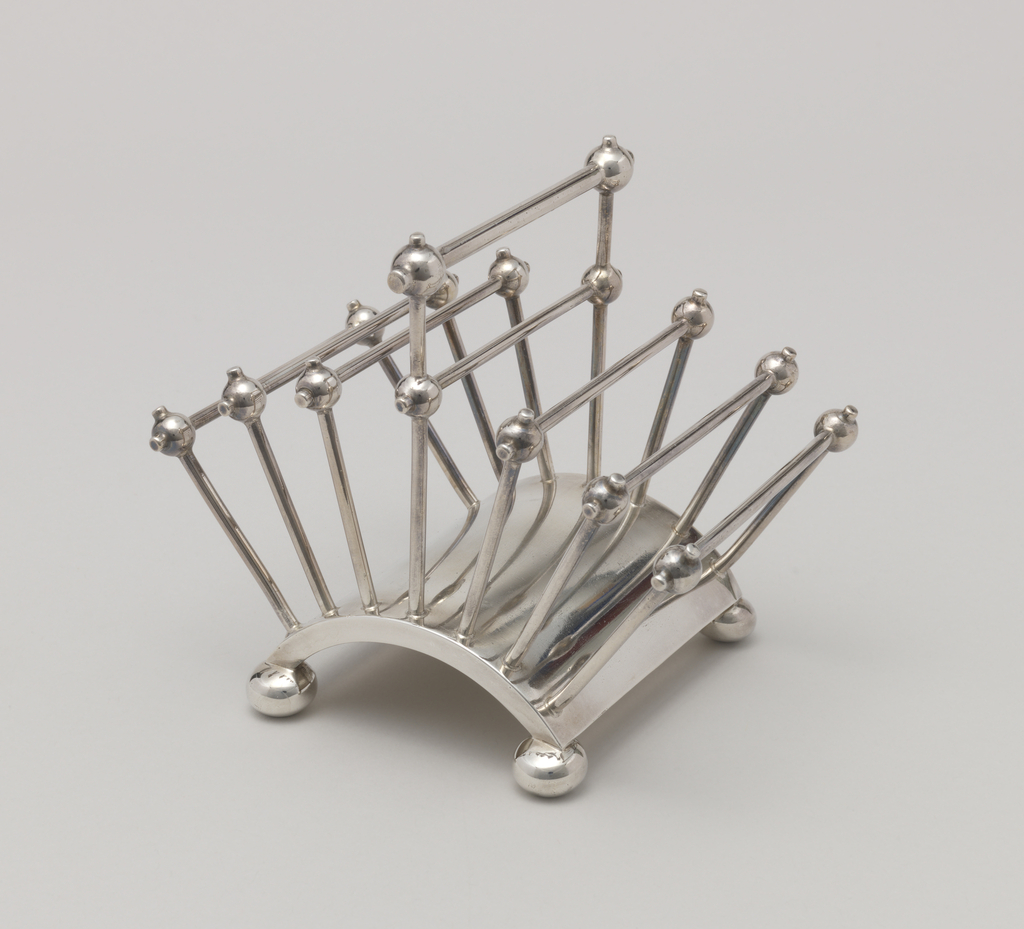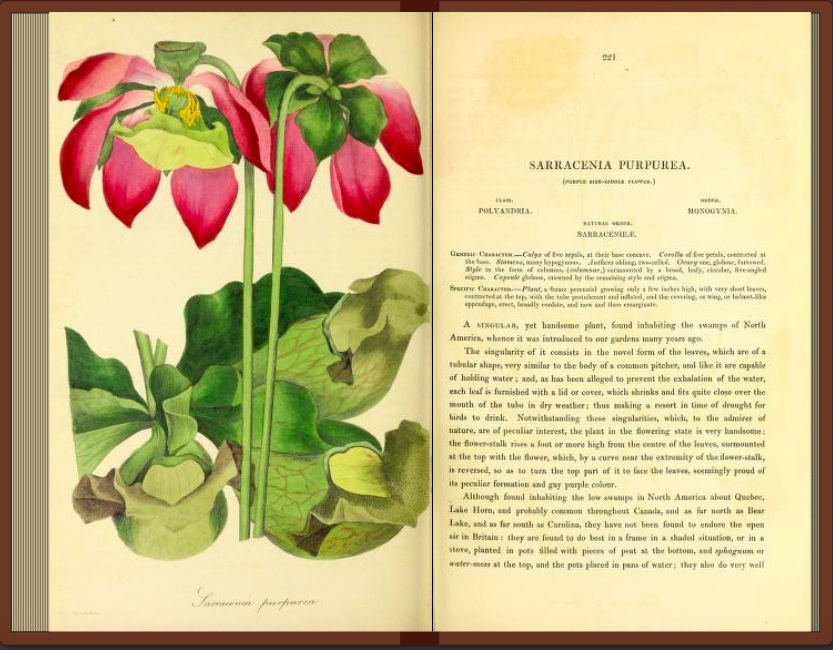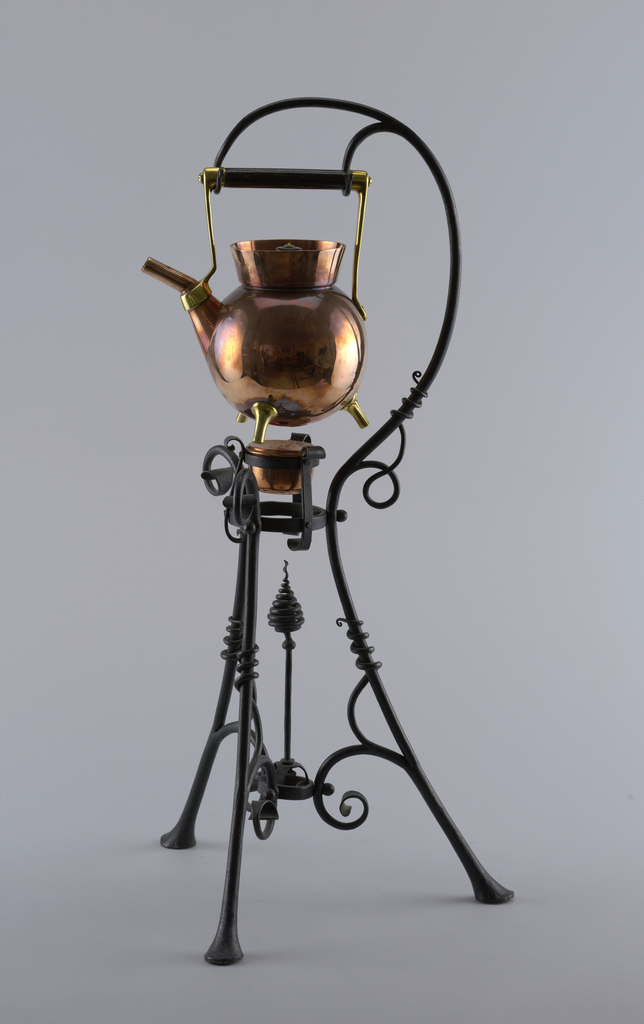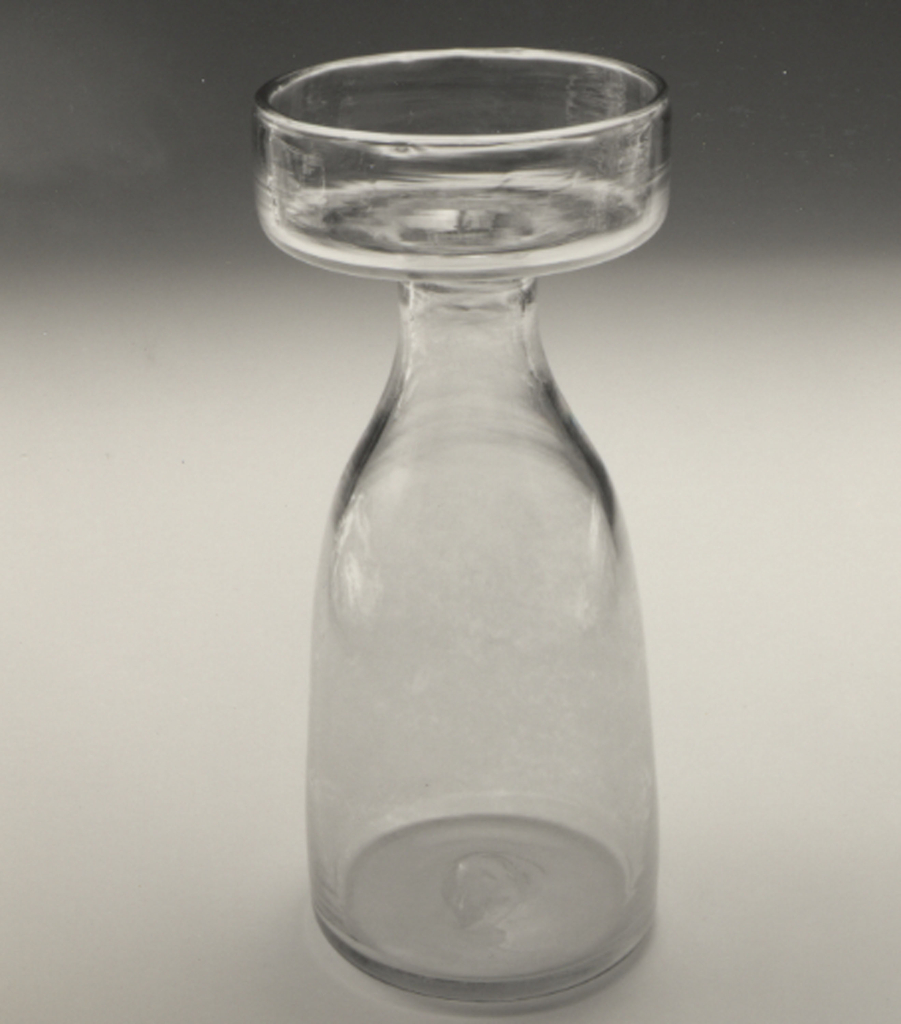This Object of the Day post celebrates the opening of Nature by Design: Botanical Expressions, on view from December 7, 2019-January 10, 2021. In the rapidly changing world of the nineteenth century, the expansion of industrialization was accompanied by an increased interest in science. Alongside major discoveries such as Darwin’s theory of evolution, Mendeleev’s periodic table,...
To celebrate the opening of Nature by Design: Botanical Expressions (December 7, 2019-January 10, 2021), Object of the Day this week will feature objects from the exhibition. The creation of what has come to be known as Hans Sloane plates derived from an increased interest in natural history in the eighteenth century, which led to...
To celebrate the opening of Nature by Design: Botanical Expressions (December 7, 2019-January 10, 2021), Object of the Day this week will feature objects from the exhibition. Christopher Dresser (1834-1904) is often described as the first independent industrial designer because of his belief in machine production, his ability to create beautiful and functional objects in...
To celebrate the opening of Nature by Design: Botanical Expressions (December 7, 2019-January 10, 2021), Object of the Day this week will feature objects from the exhibition. Sir Joseph Paxton’s name may sound familiar to architecture enthusiasts, as he was responsible for designing the famous Crystal Palace of 1851 in London. The construction, which housed...
To celebrate the opening of Nature by Design: Botanical Expressions (December 7, 2019-January 10, 2021), Object of the Day this week will feature objects from the exhibition. Growing up in Nancy, France, in the 1850s, Emile Gallé liked going to the city’s botanical gardens and walking the surrounding countryside of Lorraine. His interest in nature...
After American Commodore Matthew C. Perry forcibly opened trade relations with Japan in 1854, a cornucopia of Japanese goods flooded into Western markets. The groundbreaking use of perspective and asymmetry in the prints of Japan influenced artists that included Mary Cassatt, Claude Monet, and Vincent Van Gogh. In decorative arts, imported items like fans, kimonos,...
This distinctly shaped glass vessel, with its thin tapering neck and wide body, was specially designed for growing flowering plants in their off-season, a process known as ‘forcing bulbs’. It is often called a hyacinth vase, after the fragrant flower commonly grown indoors. One would fill the vase with enough water that the bulb, when...
